Curtains or blinds: How to decide what's right for your house
Curtains or blinds? And perhaps even shutters? It's a decision many of us face, so to help you decide Arabella Youens gathers some expert opinions and weighs up the options.

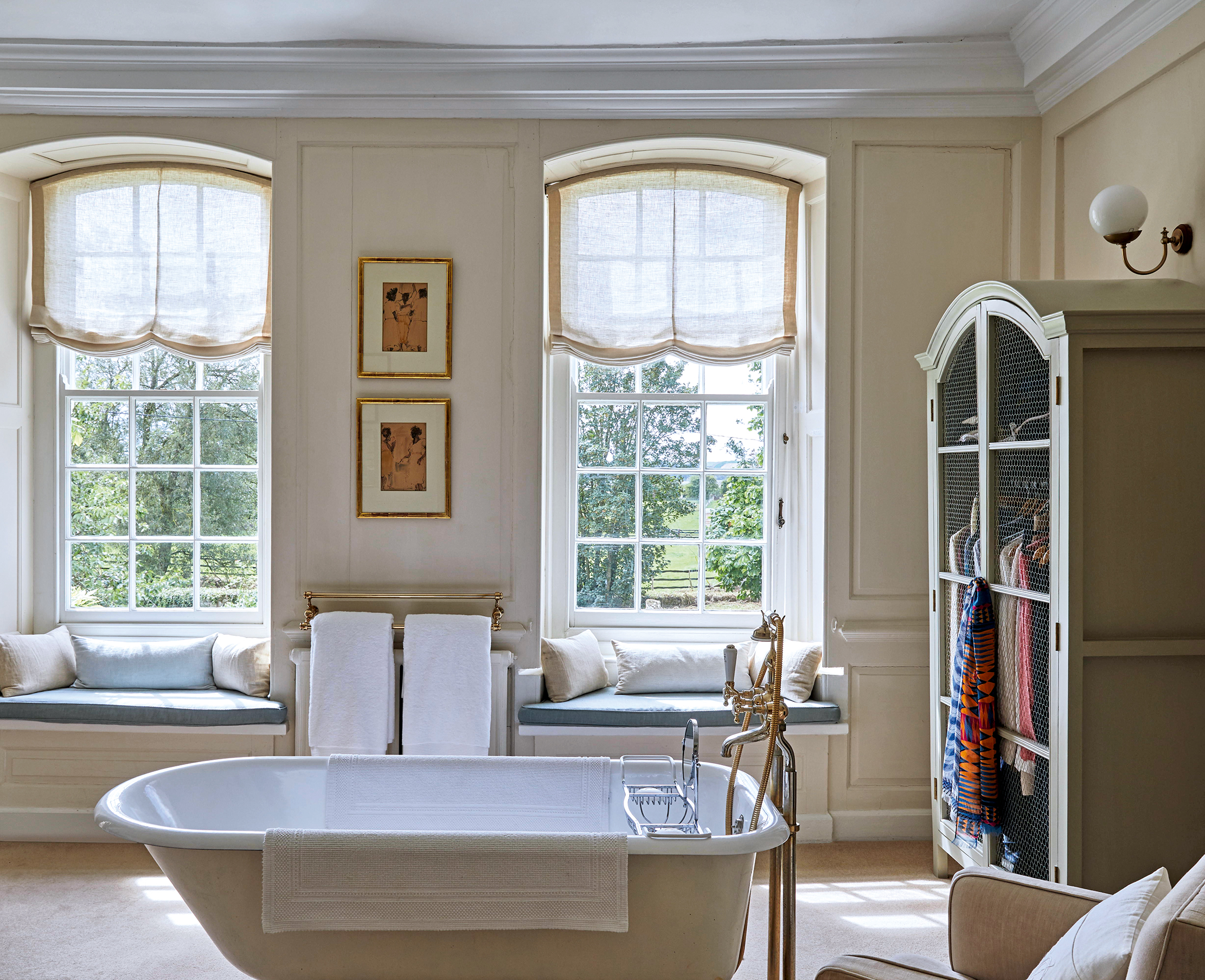
Curtains have long served a dual purpose in draughty houses: they not only dressed the windows, but also helped to shelter a room’s occupants from the cold. Now that houses are generally better insulated, curtains appear to be losing their grip, although not in the view of decorator Nina Campbell. ‘There are occasions when a room calls for the richness of curtains. There’s nothing more comforting than closing them and shutting the world out.’
Curtains remain popular with designers of a more contemporary bent, too. ‘They need not be fussy,’ explains Bunny Turner of Turner Pocock. ‘We tend to design them in a contemporary way with straight “soldier” pleats that don’t pool on the floor and favour fabrics with structure, so they hang well and frame the window.’
This sentiment is echoed by Sophie Eadie and Fi Crole, founders of Eadie & Crole. ‘We love the shape of curtains, which we might finish with binding and trimmings.’
However, the dominance of curtains is being undermined: smart, practical, versatile Roman blinds are gaining in popularity. Chief among their attractions is the fact they use far less fabric, so you can push the boat out when choosing your pattern. Most decorators recommend 2½ times the width of the window for curtains to look generous — in the case of a richly fenestrated country house, this adds up to a lot of fabric. Furthermore, most patterns get lost in the folds of the curtains, but the top stack of a Roman blind will ensure you receive the full benefit of a beautiful design.
Another factor in the curtains or blinds debate is space efficiency: blinds have a neater profile which makes them ideal for cloakrooms and bathrooms, as well as for windows that are awkward or so small that undrawn curtains tend to block out the light. They are also useful when there is furniture or a cast-iron radiator directly beneath the window. ‘Where possible, we recommend including a pelmet for roman blinds, which makes them smarter and hides the workings of the blinds,’ say Sophie Eadie and Fi Crole.
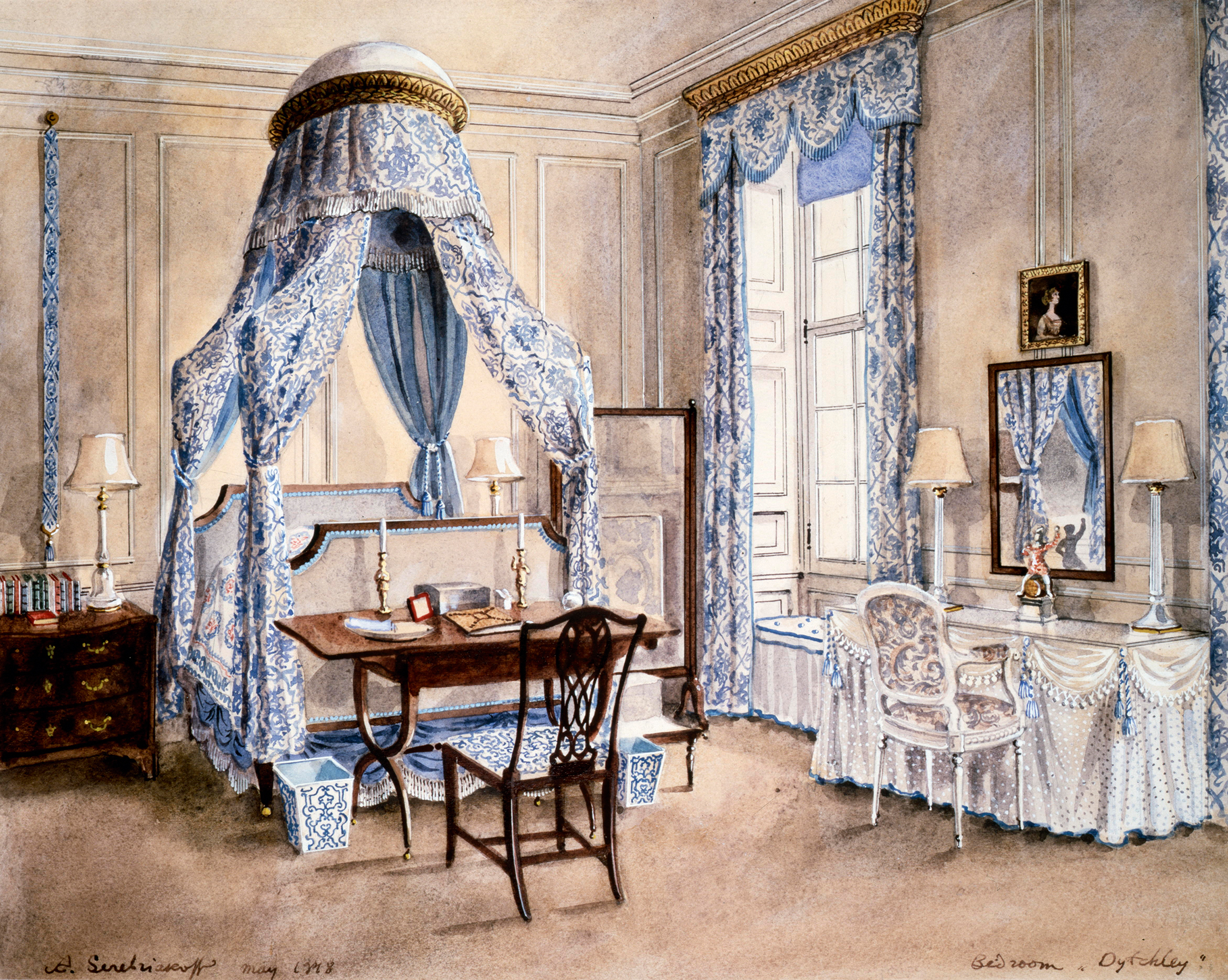
Blinds help balance a room if you have windows at different heights, Nina Campbell adds. ‘A trick is to position the blind over the wall space above a secondary window, so it is then at the same height of the main one.’
Plantation shutters have also been growing in popularity over the past decade. Ideal for privacy (and security), they create attractive, diffuse light. ‘They work very well in bathrooms, as you can have waterproof shutters made, too,’ recommends Fi.
Exquisite houses, the beauty of Nature, and how to get the most from your life, straight to your inbox.
Bunny Turner agrees shutters are particularly suited to townhouses. ‘The common misconception is that plantation shutters block light, but if you go for a wide slat — 89mm is good — and angled, the slats actually reflect light into the room. Choose a colour to match with the woodwork to make them blend.’
Shutters also lend a sense of uniformity to an external façade. ‘It’s an aspect not everyone thinks about, but if you have lots of different treatments in your windows, a house can look untidy from the outside,’ says Nina.
Traditional solid shutters that stack into the window reveals are ideal for blocking out light. ‘They protect furniture and fabrics from direct sunlight when anyone is away for long periods of time — and, of course, are great for extra security,’ adds Bunny.
The answer, then, to the curtains or blinds debate? It's horses for courses: curtains, shutters and blinds solve different problems in different settings. As ever, instinct is a vital ingredient. ‘I believe in doing the thing you feel is right. If it looks right, it is right,’ said legendary US decorator Dorothy Draper. In many circumstances, the right thing will still be curtains.
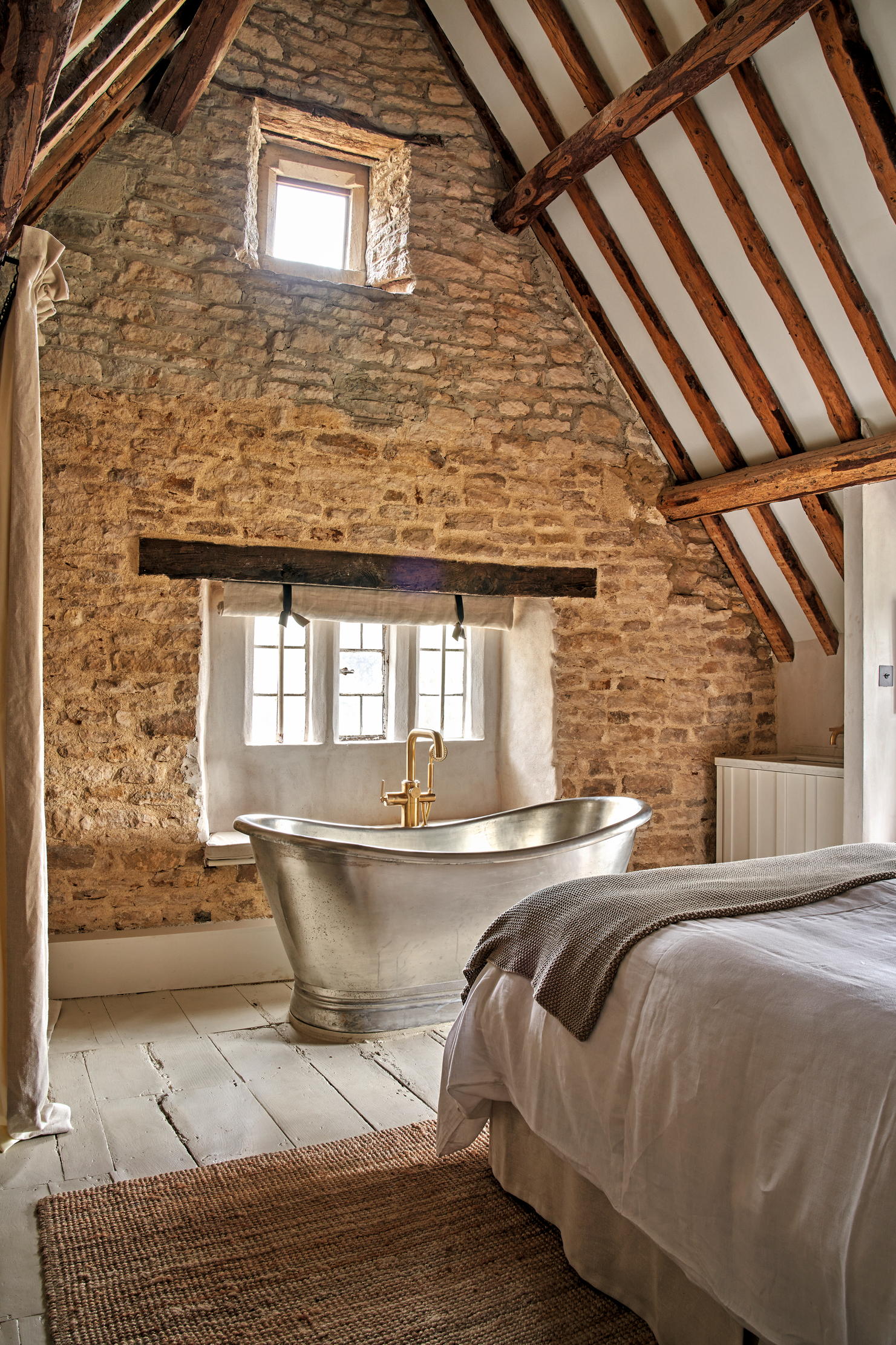
The best interior designers in Britain
Of all the decorating trends that have been in vogue over the last 50 years – be it Scandi, Minimalism
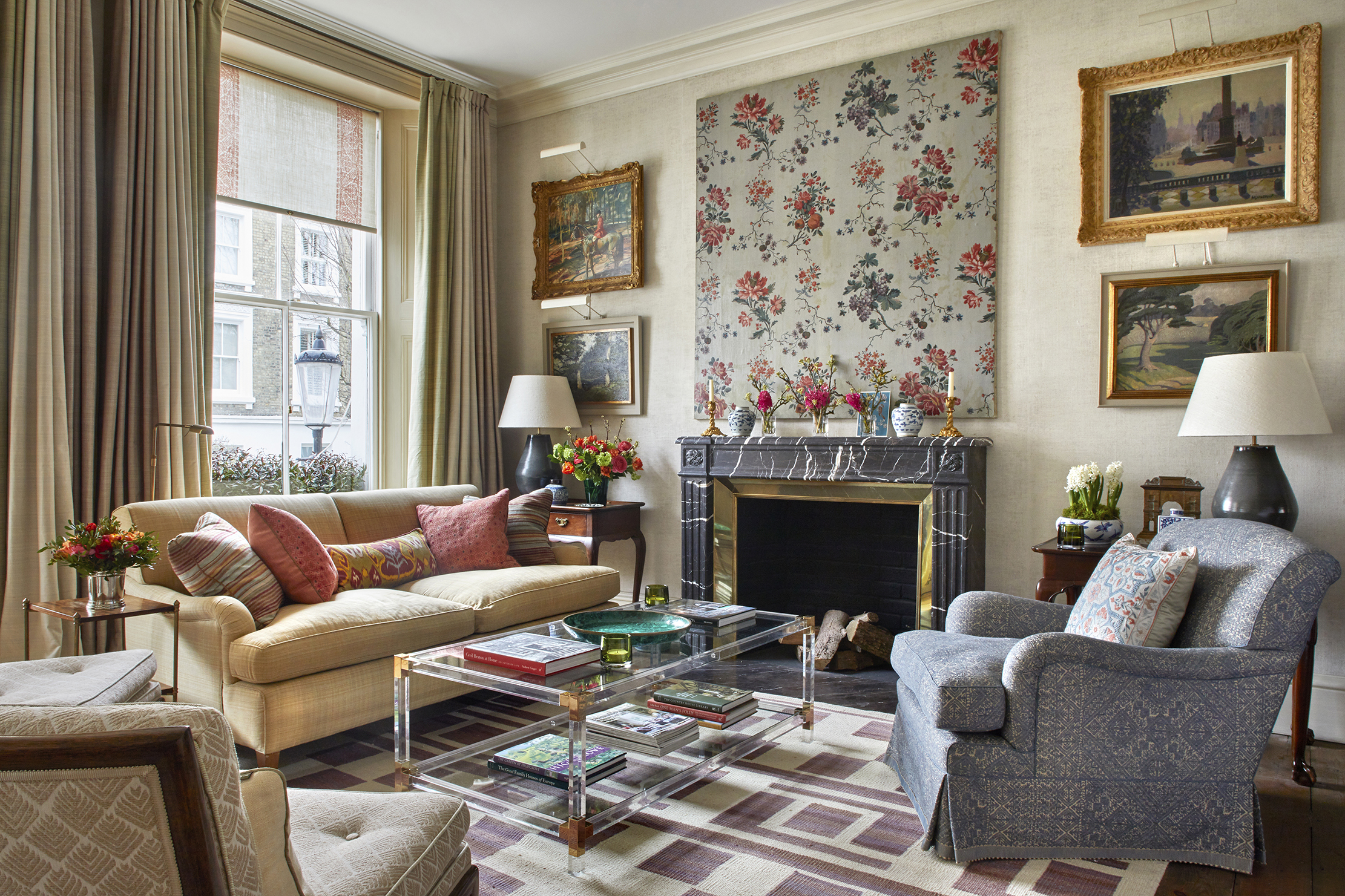
Country Life's 10 best interiors articles of 2020, from baths in bedrooms to colour schemes for Georgian country houses
Enjoy our list of the most-viewed interior design and decoration articles from Country Life in the last 12 months.
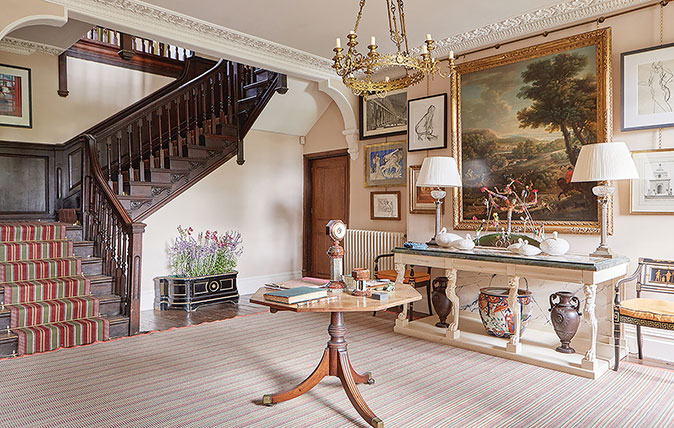
Credit: Photopia Photography / Edward Bulmer
How to decorate your entrance hall: Choosing colours, right lighting and what to do about furniture and pictures
Architectural historian, interior designer and natural-paint specialist Edward Bulmer reveals the secrets of successful hallway decorating.

The return of the ottoman, the 'decorator's secret weapon' in the heart of your sitting room
Giles Kime takes a look at the welcome return of the ottoman, the sitting room piece that’s becoming more and
